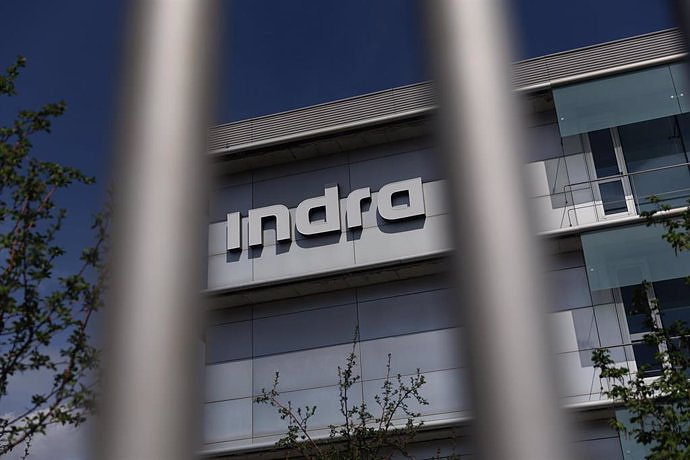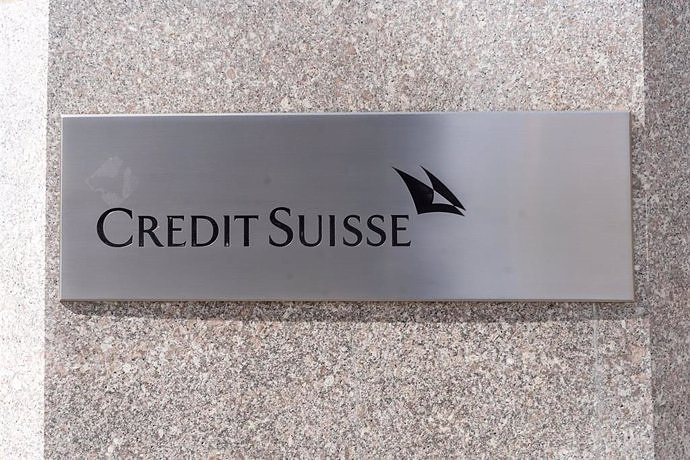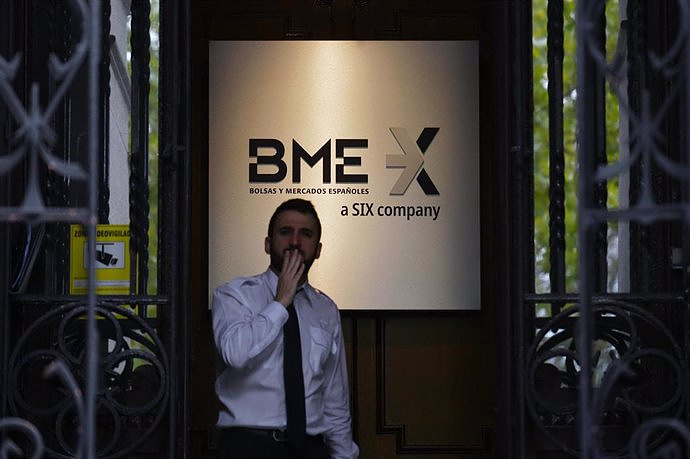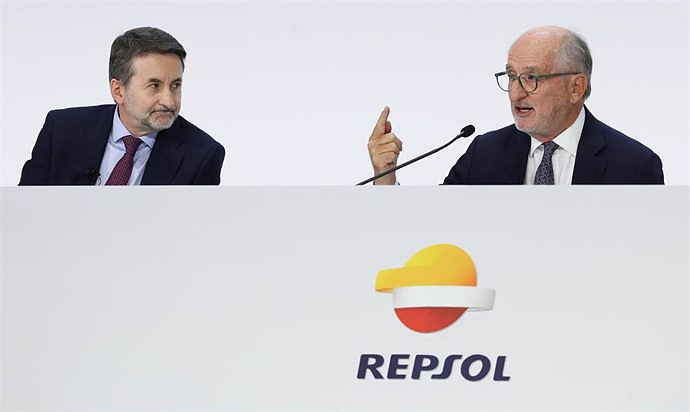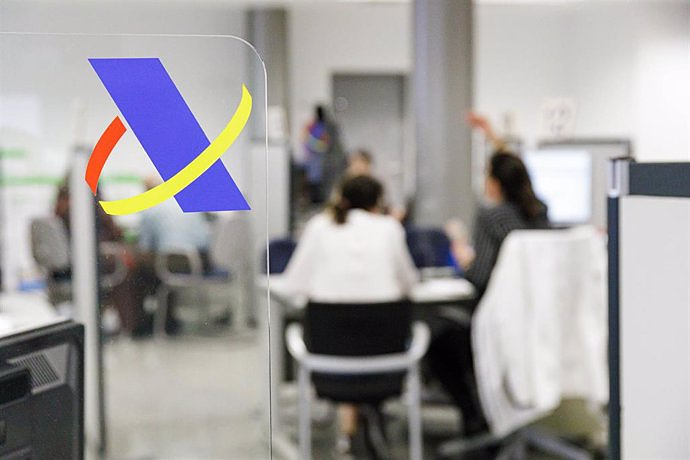The average fee per student per year (for families who pay) is 1,696 euros per year in Catalonia compared to the average 453 euros in Andalusia
MADRID, 24 Abr. (EUROPA PRESS) -
90% of the largest subsidized educational centers charge a fee to families, while in medium and small centers the proportion drops to between 60% and 70% of schools.
This is reflected in the report 'The cost of access to charter schools in Spain: the fees that families pay and their causes', prepared by Esade, which highlights that the collection of fees in charter schools "are illegal in theory but common in practice".
The research includes two databases prepared by the National Institute of Statistics (INE): the first looks at the phenomenon from the fee payment side (families) and the second from the collection side (educational centers).
While 67% of students go to publicly owned centers, around 30% do so in publicly funded but privately owned centers, called concerted centers (and only 4% go to self-financed private centers).
The study shows that, today, "there is no universal free access to charter school" in Spain. Furthermore, the subsidized school, compared to the public one, educates a much smaller proportion of low-income students with migrant origins, which "significantly damages equal opportunities and equity, one of its fundamental objectives."
The main reason that explains the non-free provision is the financing system established for the charter school and a more lax regulation of its services. "Both encourage the collection of fees, which are illegal in theory but common in practice," says the Esade document.
Depending on the educational stage, between 81% and 95% of students pay fees, according to data from the Household Expenditure on Education Survey (EGHE), last carried out in 2019/2020.
The average fee is between 680 and 860 euros per year per student (including families that do not pay as equivalent to a fee of 0 euros), which represents a total amount between 947 and 1,186 million euros for the three stages (Preschool, Primary and ESO), depending on the definition of quotas used.
There are 13% of students who do not pay a fee in these stages, while 18% pay a very low fee (less than 20 euros per month per student). On the opposite side, the 10% of students who pay the most fees assume 45% of the total expense.
In this sense, the study warns that there are important differences in payment of family income fees: the 20% with the lowest income pay an average of 310 euros per year in fees, while the 20% with the highest income pay fees slightly above 1,000 euros.
As for the autonomous communities, the bulk of the fees (70% of the total) are concentrated in Catalonia, Madrid and the Basque Country, where more than 90% of the families that access subsidized centers pay fees. The percentage is somewhat lower in the case of the Valencian Community (82% of families) and is significantly reduced for Andalusia (60%).
The average fee per student per year (only for families that pay) is 1,696 euros in Catalonia, 1,156 euros in the Community of Madrid, 959 euros in the Basque Country, 597 euros in the Valencian Community and 453 euros in Andalusia. Catalonia, followed by the Basque Country and Madrid, are the autonomous communities with the greatest homogeneity in the payment of fees between families, while Andalusia shows the most unequal distribution.
Based on the Private Education Financing and Expenditure Survey (EFGEP), the study analyzes the collection of fees by subsidized educational centers and the reasons why they do so.
Thus, it reveals that financing is "extremely unequal", with 20% of centers with a negative or essentially zero economic result, another 50% with a positive economic result and less than 300 euros per student per year and 30% that have a clear situation of over-financing.
The percentage of centers that charge fees ranges between 66% and 75%, depending on the educational stage, according to the report, which indicates that the probability of fee collection and the magnitude of the fee paid "is greater in the centers with worst and best financing, and lowest in the intermediate zone of financing.
Among the reasons why educational centers charge fees, the study identifies three possible situations: under-financed centers that charge fees to survive; adequately financed centers that charge fees to cover non-agreed expenses (that is, expenditure items not contemplated by educational administrations and that allow the services offered to be expanded); and well-funded centers that charge fees for differentiation or economic benefit.
Specifically, it specifies that, for each educational stage (Preschool, Primary and ESO), 17%, 20% and 19% respectively do not charge fees and are adequately financed; 14.5%, 12% and 14.5% respectively do not charge fees and are under-financed; 23% at all educational stages do charge fees to cover the fact that they are under-financed; 28%, 29% and 28% respectively do charge fees to cover unarranged expenses; and 17.5%, 15% and 15% respectively charge fees for differentiation or economic benefit.
When carrying out a specific analysis for the five autonomous communities with the greatest presence of the concerted sector, the study indicates that Andalusia is characterized by low financing compared to the national average, non-concerted expenses reasonably contained in the majority of the financing distribution and , above all, the lowest level of quotas among all the CCAA considered.
Catalonia shows a very polarized financing of the concerted network (very well financed or very poorly financed centers) and an almost universal collection of fees that responds with the same tool to opposite economic realities, whether those of under-financing (between 46% and 53% of centers depending on the educational stage) or those of differentiation of the offer or economic benefit (between 25% and 33% of the centers depending on the educational stage).
In the Community of Madrid, there is a very strong relationship between the collection of fees and the economic result (the best financed centers have a greater probability of charging and charging high amounts) and an enormous importance of the size of the center to understand the dynamics of collection of quotas.
In this community, a low proportion of under-financed centers is identified and a slightly higher proportion compared to the national average of centers that charge for reasons of differentiation with respect to other centers or economic benefit.
For its part, the Valencian Community presents a positive relationship between the collection of fees and the economic result (especially in ESO), an enormous importance of the size of the center to understand the dynamics of collection of fees and a high proportion of centers with infra - financed (almost 40%) with low installments that live in a precarious financial situation.
Finally, the Basque Country has very high levels of financing in relation to the national average and the lowest proportion of under-financed centers. There is also a weaker relationship between the size of the center and the collection of fees, which are generalized and higher than the national average and, above all, an enormous importance of non-agreed expenses, the highest of all the Autonomous Communities analyzed. which constitute the main reason for the collection of fees.

 Exploring Cardano: Inner Workings and Advantages of this Cryptocurrency
Exploring Cardano: Inner Workings and Advantages of this Cryptocurrency Seville.- Economy.- Innova.- STSA inaugurates its new painting and sealing hangar in San Pablo, for 18 million
Seville.- Economy.- Innova.- STSA inaugurates its new painting and sealing hangar in San Pablo, for 18 million Innova.- More than 300 volunteers join the Andalucía Compromiso Digital network in one month to facilitate access to ICT
Innova.- More than 300 volunteers join the Andalucía Compromiso Digital network in one month to facilitate access to ICT Innova.-AMP.- Ayesa acquires 51% of Sadiel, which will create new technological engineering products and expand markets
Innova.-AMP.- Ayesa acquires 51% of Sadiel, which will create new technological engineering products and expand markets Mulino, dolphin of former President Martinelli, wins the presidential elections in Panama
Mulino, dolphin of former President Martinelli, wins the presidential elections in Panama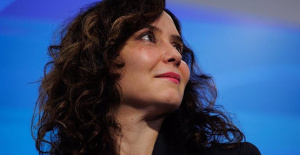 The prosecutor who asked to investigate the complaint of Ayuso's partner against two prosecutors for revealing secrets is removed
The prosecutor who asked to investigate the complaint of Ayuso's partner against two prosecutors for revealing secrets is removed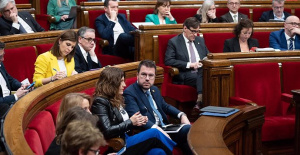 The PSC would win the Catalan elections with between 40 and 42 seats, followed by Junts (35-37) and ERC (21-23)
The PSC would win the Catalan elections with between 40 and 42 seats, followed by Junts (35-37) and ERC (21-23) The Israeli Army asks Palestinians to leave Rafah "immediately" in the face of an imminent offensive
The Israeli Army asks Palestinians to leave Rafah "immediately" in the face of an imminent offensive How Blockchain in being used to shape the future
How Blockchain in being used to shape the future Not just BTC and ETH: Here Are Some More Interesting Coins Worth Focusing on
Not just BTC and ETH: Here Are Some More Interesting Coins Worth Focusing on A sensor system obtains the fingerprint of essential oils and detects if they have been adulterated
A sensor system obtains the fingerprint of essential oils and detects if they have been adulterated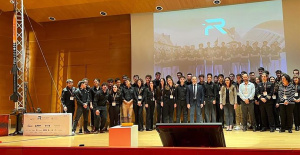 Faraday UPV presents the 'Origin' rocket to exceed 10 km of flight: "It is the beginning of the journey to space"
Faraday UPV presents the 'Origin' rocket to exceed 10 km of flight: "It is the beginning of the journey to space" The Generalitat calls for aid worth 4 million to promote innovation projects in municipalities
The Generalitat calls for aid worth 4 million to promote innovation projects in municipalities UPV students design an app that helps improve the ventilation of homes in the face of high temperatures
UPV students design an app that helps improve the ventilation of homes in the face of high temperatures A million people demonstrate in France against Macron's pension reform
A million people demonstrate in France against Macron's pension reform Russia launches several missiles against "critical infrastructure" in the city of Zaporizhia
Russia launches several missiles against "critical infrastructure" in the city of Zaporizhia A "procession" remembers the dead of the Calabria shipwreck as bodies continue to wash up on the shore
A "procession" remembers the dead of the Calabria shipwreck as bodies continue to wash up on the shore Prison sentences handed down for three prominent Hong Kong pro-democracy activists
Prison sentences handed down for three prominent Hong Kong pro-democracy activists ETH continues to leave trading platforms, Ethereum balance on exchanges lowest in 3 years
ETH continues to leave trading platforms, Ethereum balance on exchanges lowest in 3 years Investors invest $450 million in Consensys, Ethereum incubator now valued at $7 billion
Investors invest $450 million in Consensys, Ethereum incubator now valued at $7 billion Alchemy Integrates Ethereum L2 Product Starknet to Enhance Web3 Scalability at a Price 100x Lower Than L1 Fees
Alchemy Integrates Ethereum L2 Product Starknet to Enhance Web3 Scalability at a Price 100x Lower Than L1 Fees Mining Report: Bitcoin's Electricity Consumption Declines by 25% in Q1 2022
Mining Report: Bitcoin's Electricity Consumption Declines by 25% in Q1 2022 Oil-to-Bitcoin Mining Firm Crusoe Energy Systems Raised $505 Million
Oil-to-Bitcoin Mining Firm Crusoe Energy Systems Raised $505 Million Microbt reveals the latest Bitcoin mining rigs -- Machines produce up to 126 TH/s with custom 5nm chip design
Microbt reveals the latest Bitcoin mining rigs -- Machines produce up to 126 TH/s with custom 5nm chip design Bitcoin's Mining Difficulty Hits a Lifetime High, With More Than 90% of BTC Supply Issued
Bitcoin's Mining Difficulty Hits a Lifetime High, With More Than 90% of BTC Supply Issued The Biggest Movers are Near, EOS, and RUNE during Friday's Selloff
The Biggest Movers are Near, EOS, and RUNE during Friday's Selloff Global Markets Spooked by a Hawkish Fed and Covid, Stocks and Crypto Gain After Musk Buys Twitter
Global Markets Spooked by a Hawkish Fed and Covid, Stocks and Crypto Gain After Musk Buys Twitter Bitso to offset carbon emissions from the Trading Platform's ERC20, ETH, and BTC Transactions
Bitso to offset carbon emissions from the Trading Platform's ERC20, ETH, and BTC Transactions Draftkings Announces 2022 College Hoops NFT Selection for March Madness
Draftkings Announces 2022 College Hoops NFT Selection for March Madness
